30 pages • 1 hour read
Virginia WoolfModern Fiction
Nonfiction | Essay / Speech | Adult | Published in 1925A modern alternative to SparkNotes and CliffsNotes, SuperSummary offers high-quality Study Guides with detailed chapter summaries and analysis of major themes, characters, and more.
Summary and Study Guide
Summary: “Modern Fiction”
Virginia Woolf’s essay “Modern Fiction” was first published in The Times Literary Supplement in 1919 as “Modern Novels.” A revised version was published as part of Woolf’s collection The Common Reader in 1925. Woolf was a key figure in British Modernism, and the essay itself explores the idea of “modern fiction,” contrasting it with the literature of previous generations. Many of the ideas contained within the essay inform Woolf’s fictional works, especially her later novels To the Lighthouse (1927) and The Waves (1931). This guide references the version of the essay included in The Essays of Virginia Woolf, Volume 4: 1925-1928, edited by Andrew McNeillie and published by the Hogarth Press in 1984.
Woolf begins by suggesting that it is easy to assume that modern writers, with more sophisticated tools, are superior to their predecessors. She invokes Henry Fielding and Jane Austen as writers who succeeded in spite of their circumstances, yet whose work evinces to the modern reader a sort of plainness. However, analogizing literature and the development of the motor car, Woolf acknowledges that the two do not progress along the same course: Literature does not follow a path of endless growth and improvement but instead moves cyclically. Consequently, writers stand “on the flat, half-blind with dust” and look with envy upon the writers of the past (157), who had a far easier part to play in what Woolf imagines as the battle of literature.
Woolf attempts to explicate her relationship with these envied literary forebears—both those she quarrels with (H. G. Wells, Arnold Bennett, and John Galsworthy) and those for whom she is grateful (Thomas Hardy, Joseph Conrad, and W. H. Hudson). To Woolf, these six writers divide into two categories: materialists and spiritualists. Wells, Bennett, and Galsworthy belong in the first category, having created work that “we”—modern writers—could not produce but also would not want to. She argues that these materialists are “concerned not with the spirit but with the body” (158).
Wells, Woolf says, is worthy of praise, but in his insistence on meticulously imagining possible worlds, he overlooks humanity’s frequent contradictions and “coarseness,” mitigating his genius. She deems Bennett the superior craftsman of the three, imagining his novels as structures robustly built against invasion or decay. However, within these structures something is missing: “life.” His characters may live, but they do so entirely in the physical realm, without purpose and without authenticity. Galsworthy receives less attention than the other two. Woolf suggests that he has integrity and humanity but says his work does not contain the life she seeks. All three are materialists because they exert their energy to write only of unimportant things. They also represent the majority of the popular fiction of the moment, which fails to capture “life or spirit, truth or reality, this, the essential thing” (160). Instead, they pursue plot, accurate description, or the conventions of genre.
Woolf sets out her contrasting conception of the novel as something that ought to capture a series of “myriad impressions” that arrive randomly and haphazardly; it should resist convention, symmetry, pattern, and plot. It is these qualities that Woolf seeks to identify in the spiritual writer, and she identifies James Joyce as an example of someone who has the courage to depict life as it truly is: “disconnected and incoherent” (161). Woolf mentions Joyce’s two most prominent works, A Portrait of the Artist as a Young Man and the then-unfinished Ulysses, as exemplifying Joyce’s spiritualism and describes the scene in the cemetery in Ulysses as a masterpiece depicting “life itself.” However, Woolf suggests this scene pales in comparison to Joseph Conrad’s Youth or Thomas Hardy’s The Mayor of Casterbridge. She wonders why that might be, and in a series of rhetorical questions suggests answers such as “method,” Joyce’s emphasis on “indecency,” or the work’s originality simply rendering its departures from worthwhile tradition more visible. Ultimately, she compares Ulysses to Laurence Sterne’s Tristram Shandy or W. M. Thackeray’s The History of Pendennis in its ability to reveal much of life that other literature overlooks.
Woolf theorizes that the first problem the modern novelist faces is finding the courage and the freedom to narrate what they want. The next problem is to find a method and technique capable of communicating this new material.
Woolf moves into an analysis of modern Russian writers, namely Anton Chekhov, who she says are years ahead of their British contemporaries. Woolf suggests that only a Russian could or would have written Chekhov’s story “Gusev,” which she briefly summarizes. She notes that the emphasis of the story is placed bizarrely, requiring readers to accustom themselves to the work as if adjusting their eyes to a dark room. Even then, they remain uncertain as to the short story’s intentions or even its status as a short story.
Woolf argues that modern English fiction owes much to the influence of Russian literature. One might even feel that to write of any other literature is pointless because of the Russians’ superior understanding of humanity and their resistance to materialism; she likens Russian writers to saints and deems others “irreligious” in comparison to the Russians’ compassion, sympathy, and sadness. Most importantly, she says, the Russian mind is inconclusive and provides no answer to the numerous questions that life poses. However, the English enjoy humor and comedy—like that written by Sterne or George Meredith—and so face disappointment in the pessimistic Russian novel.
Russian and British literature are entirely different from one another, and their distance is evidence of art’s “infinite possibilities.” Woolf concludes that there is no “proper study of fiction”—or rather that “everything is the proper stuff of fiction” (164). Woolf’s final image is of fiction as a female figure standing among modern writers and asking that they mold her into something new.
Related Titles
By Virginia Woolf

A Haunted House and Other Short Stories
Virginia Woolf

A Room of One's Own
Virginia Woolf

Between The Acts
Virginia Woolf
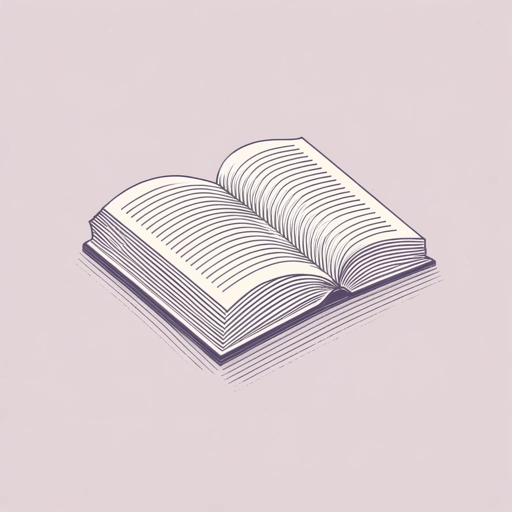
How Should One Read a Book?
Virginia Woolf

Jacob's Room
Virginia Woolf
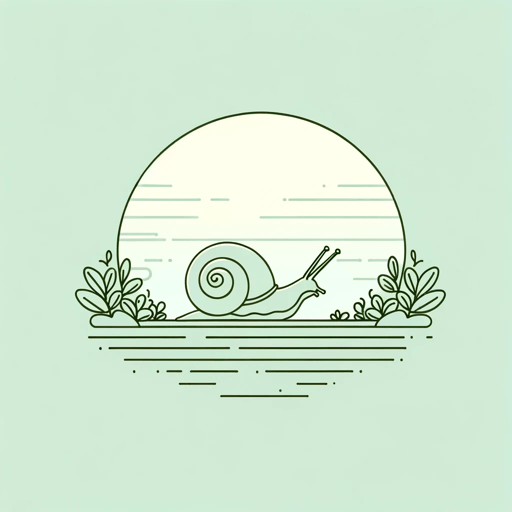
Kew Gardens
Virginia Woolf

Moments of Being
Virginia Woolf
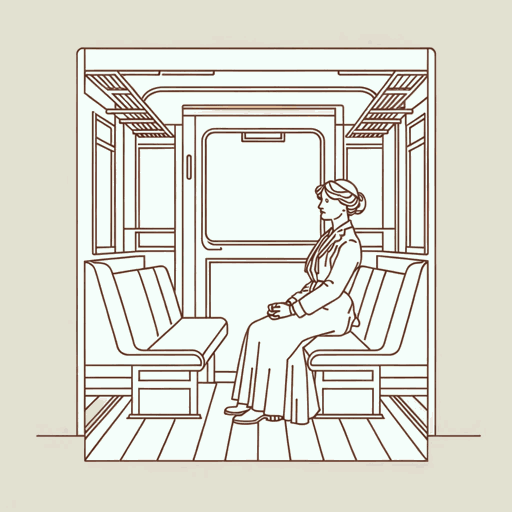
Mr. Bennett and Mrs. Brown
Virginia Woolf
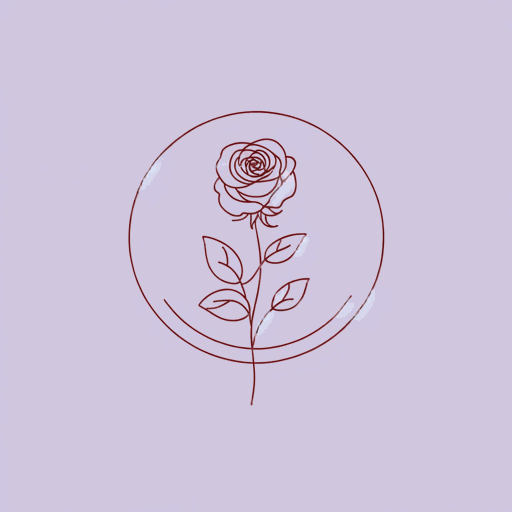
Mrs. Dalloway
Virginia Woolf
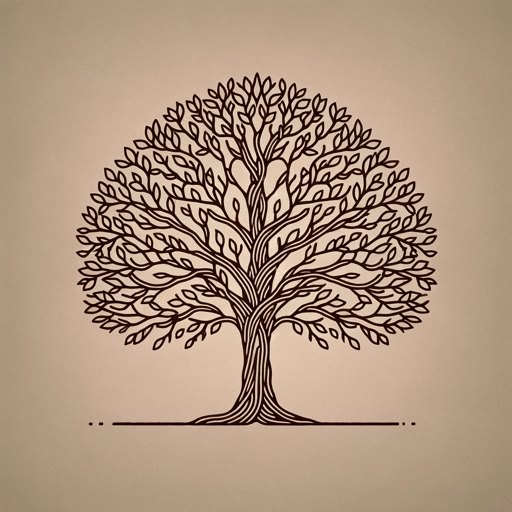
Orlando
Virginia Woolf
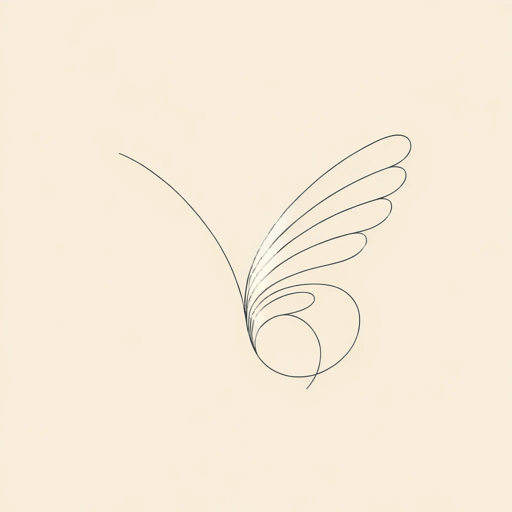
The Death of the Moth
Virginia Woolf
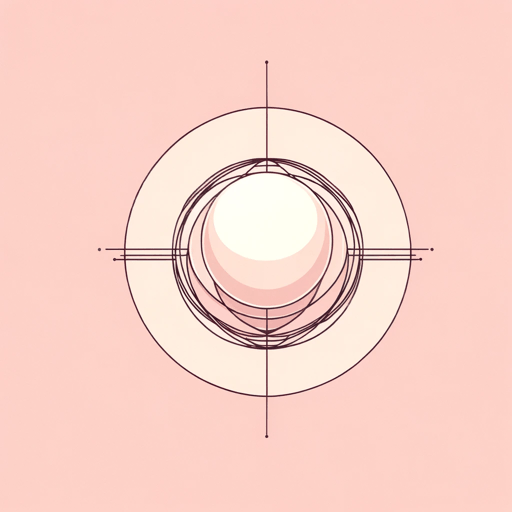
The Duchess and the Jeweller
Virginia Woolf
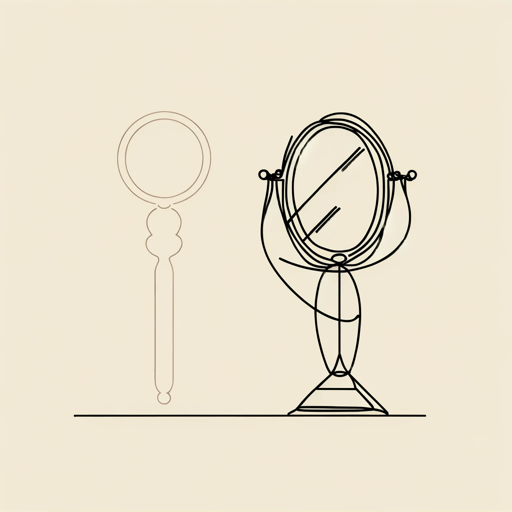
The Lady in the Looking Glass
Virginia Woolf
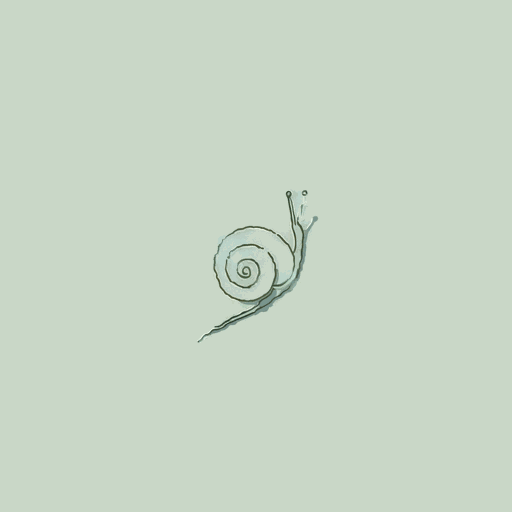
The Mark on the Wall
Virginia Woolf
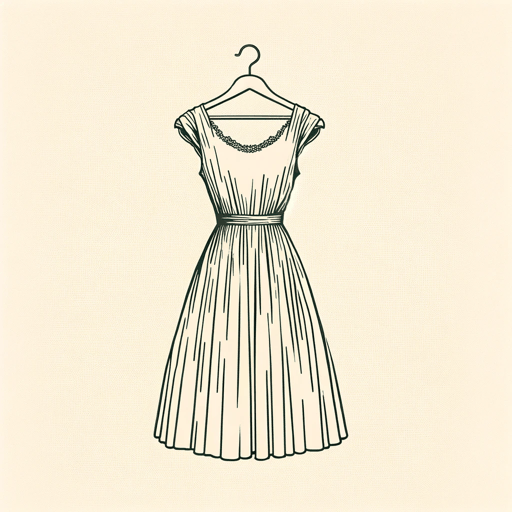
The New Dress
Virginia Woolf

The Voyage Out
Virginia Woolf
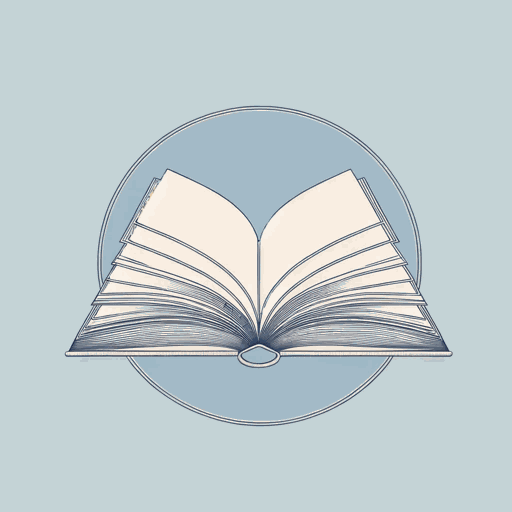
The Waves
Virginia Woolf
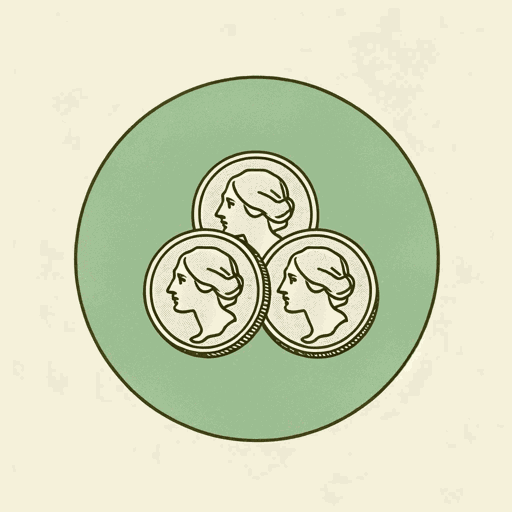
Three Guineas
Virginia Woolf

To the Lighthouse
Virginia Woolf

